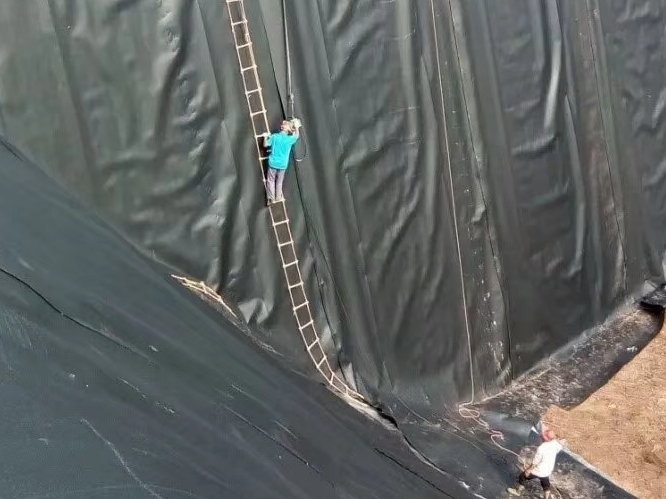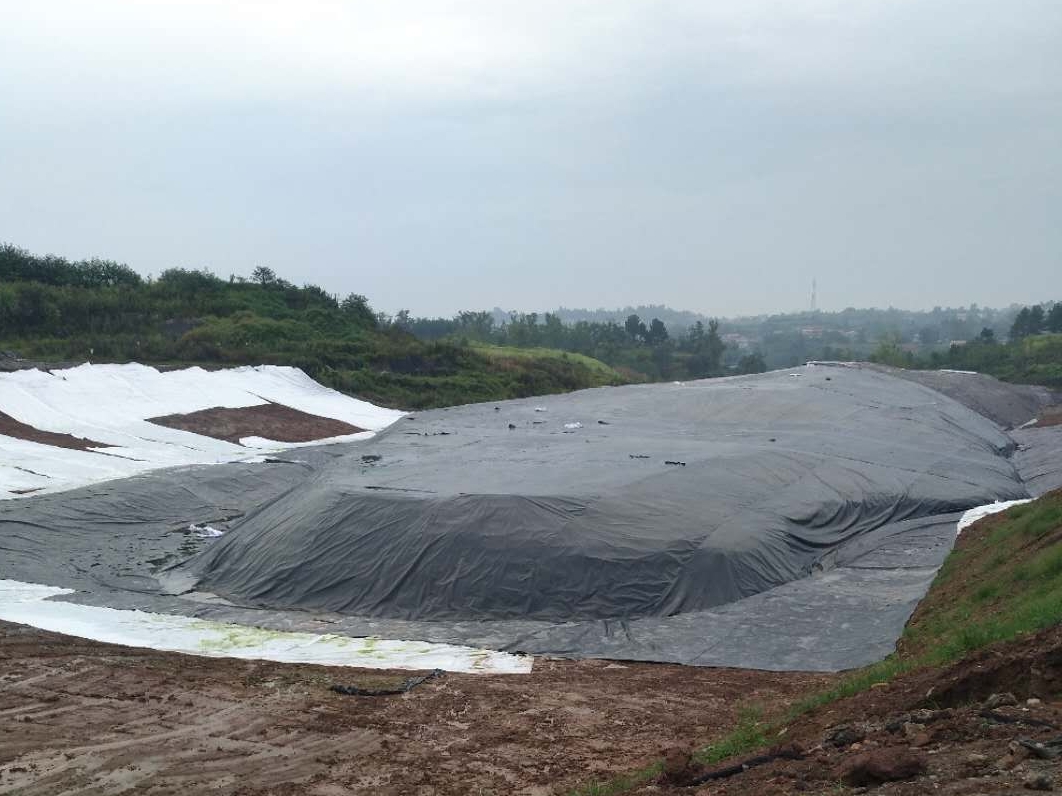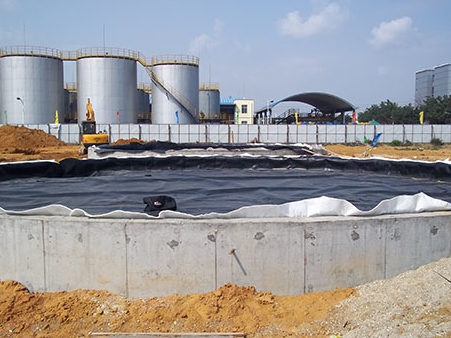EVOH土工膜
EVOHジオメンブレン
EVOH Geomembrane
- Geocell
- Geomembrane
- Uniaxial geogrid
- Biaxial geogrid
- Geotextile
- EVOH Geomembrane
- Warp-knitted geogrid
- Geosynthetic Clay Liner
- Composite Geonet
- Self - adhesive waterproof membrane
- Permeable pipe
- Composite anti-permeability material
- Graebel Fix
- Safety net
- Weed control sheet
- Flexible container bag
- Dimpled Drainage Sheet
- Environmental Conservation Engineering
- Application of geomembrane in water conservancy
- Application of geomembrane in aquaculture
- Application of geomembrane in chemical industry
- Mining Engineering
- Geocell retaining wall construction method
- Geocell Surface Protection Construction Method
- Subgrade Reinforcement Construction Method
- Geocell - Slope protection method for cold regions
- Geotextiles in slope protection projects
- Project to Strengthen Weak Infrastructure
- Landfill Isolation Project
- Rental
Product Detail
EVOH geomembranes significantly reduce the diffusion of volatile organic compounds (VOC) and can be installed using conventional placement and installation techniques without adversely affecting the membrane's critical mechanical performance. They offer the added benefit of greenhouse gas suppression, especially when used as a landfill cover. Compared to PE, EVOH provides superior barrier properties to landfill gases such as methane and carbon dioxide, and effectively blocks unpleasant odors caused by trace amounts of hydrogen sulfide.
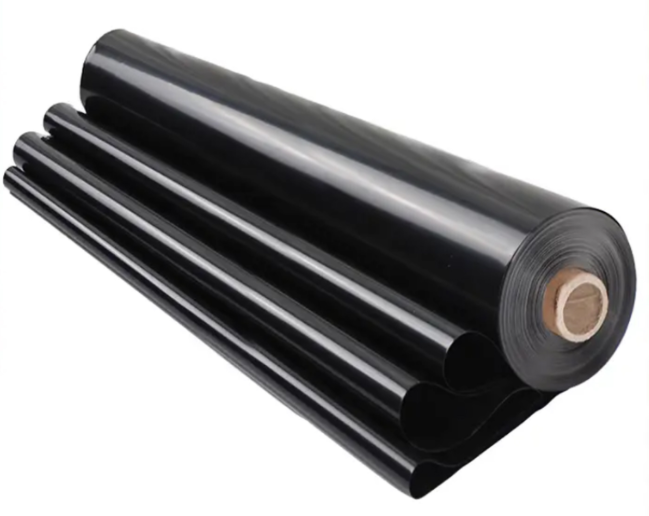
Features
Water-resistant geomembranes combine high strength, UV stability and excellent chemical resistance making them suitable for a variety of applications including agriculture, waste management, oil and gas, water management, etc. These high-quality, durable PE liners can be used as seals and covers to prevent leaks and contamination, helping to protect the environment.
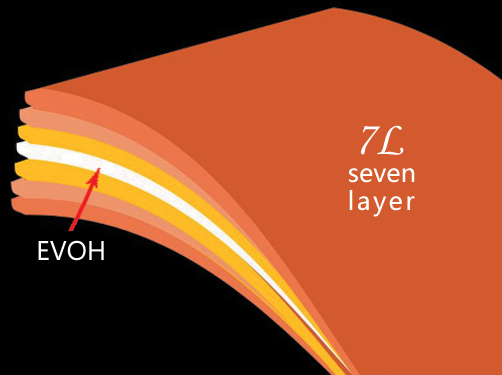
Landfill Liners and Caps
• Prevents leachate from contaminating soil and groundwater.
• Used as a cover system to reduce gas emissions and odor.
• Enhances slope stability with its high shear resistance.
Mining Industry
• Used as heap leach pads for metal extraction processes.
• Provides containment for mining tailings and wastewater ponds.
• Ensures environmental protection in hazardous waste storage.
Water Containment and Reservoirs
• Used in reservoirs, ponds, and canals to prevent seepage.
• Provides a durable and impermeable lining for irrigation storage.
• Reduces water loss due to permeability in artificial lakes.
Oil & Gas Industry
• Serves as secondary containment for petroleum storage tanks.
• Prevents spills from contaminating the surrounding environment.
• Used in drilling operations to contain drilling fluids.
Aquaculture & Fish Farming
• Creates safe, non-toxic environments for fish and shrimp farming.
• Reduces water loss and prevents contamination from the soil.
• Ensures long-lasting, efficient pond management.
Slope and Embankment Protection
• Stabilizes slopes and prevents soil erosion.
• Increases friction between soil and liner, preventing sliding failures.
• Commonly used in road embankments and dam constructions.
Wastewater Treatment Facilities
• Lines wastewater treatment lagoons and storage tanks.
• Prevents toxic and chemical waste seepage into the ground.
• Ensures long-term containment and durability in harsh
Tunnels and Underground Structures
• Used in tunnel waterproofing systems to prevent leakage.
• Enhances structural integrity by controlling groundwater seepage.
• Provides protection against chemical exposure in
Specification
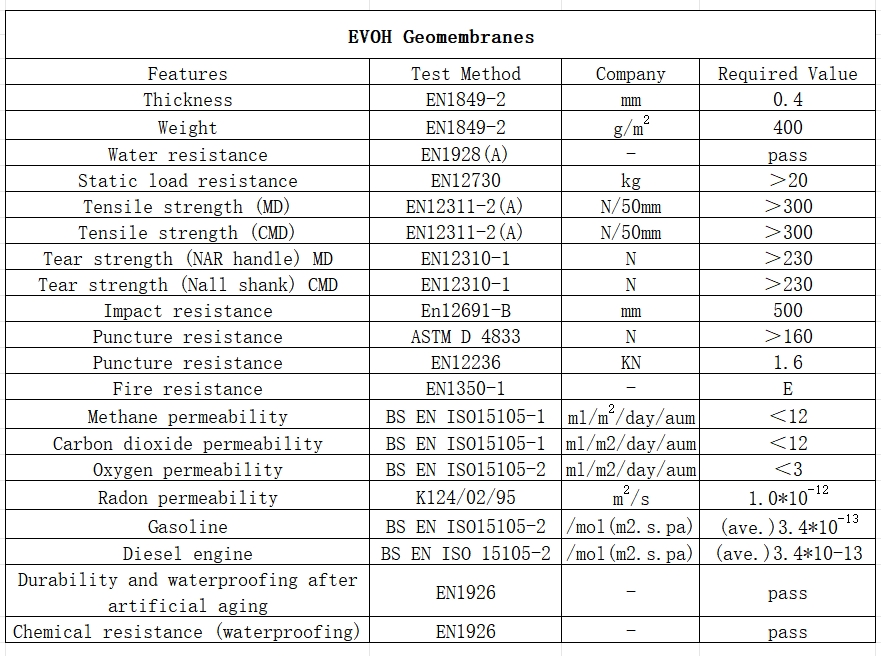
Installation example
